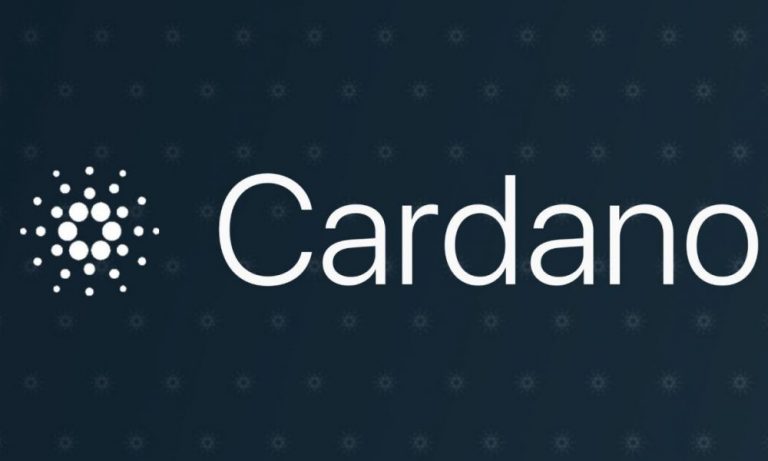
After five years of intense research and development, the Cardano ecosystem has achieved a major milestone. Shelley has arrived. Well, at least in code. According to the roadmap shared by IOHK’s Charles Hoskinson in the past, the Shelley era essentially involves critical early steps in Cardano’s journey towards optimizing decentralization.
The announcement by IOHK revealed that,
“OK so… today’s mission (s) accomplished. Shelley-complete node 1.14.2 now successfully deployed to the Cardano mainnet.”
Adding that this is the first complete Shelley mainnet release with all key features included, IOHK claimed that they “retain a high degree of confidence in the date set for the Shelley hard fork of July 29th.”
That’s not all, however, as a new version of Daedelus has also been released for the Shelley testnet.
More recently, another critical milestone noted by the ecosystem was the roll-out of the Hard Fork Combinator for the deployment of Shelley to make the transition process more seamless and efficient. The hard fork combinator essentially gives a node the capability to speak multiple protocols. This upgrade was initially slated for 23 June.
On the incentivized testnet [ITN], the IOHK had proposed to “leverage the success” a little longer. In fact, a recent Cardano Forum blog post had stated,
“We believe that we should try to leverage the success of the ITN a little longer. We believe that continuing the ITN as a dedicated network for fast prototyping and testing could be a very valuable addition to Cardano’s future development. So we’d like to continue with this approach this summer, until the Shelley mainnet is fully deployed.”
The network has been gearing up for this critical milestone for a long time now. This has not only bolstered ADA’s social volumes, but has also managed to catapult the value of its native cryptocurrency, ADA, to newer heights over the past few weeks.
These improvements were precipitated by the fact that the Friends and Family test network was launched on 11 May, while it was open only to a select group of pioneers, however. Following this, the second group had a wider set of stake pool operators.
Your feedback is important to us!